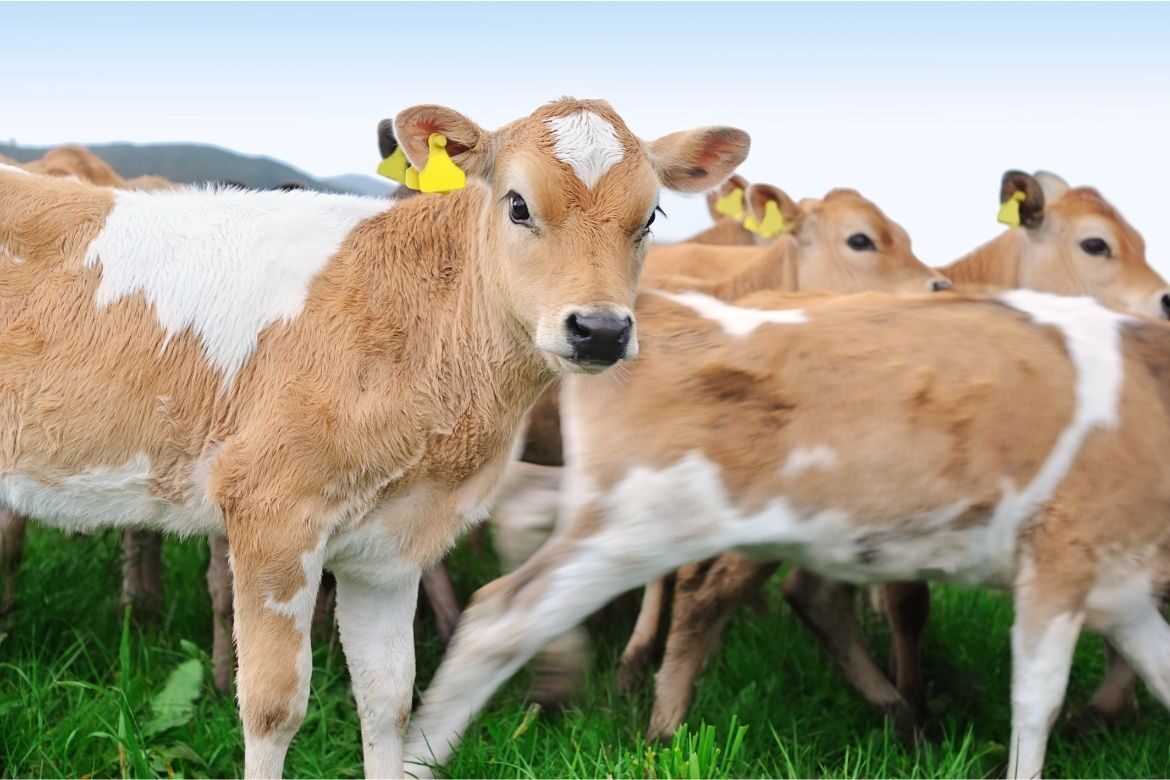Spring calving has already started on many farms, but it’s not too late to put basic preparations in place to help reduce stress on the farm.
To minimise the workload, Northern Ireland’s College of Agriculture, Food and Rural Enterprise’s (CAFRE’s) senior beef and sheep advisor John Sands highlights some pointers farmers can keep in mind in the run up.
He suggests farmers check their service records, and draw up a chart of when each animal is expected to calve. This chart is a useful management tool, building up a picture of how bulls and cows perform.
He says cows should be ‘fit but not fat’ at calving, and they should be managed throughout the year to achieve this. Fat cows often have a difficult delivery of calves, whereas thin cows struggle to maintain weight after the calf is born and won’t produce as much good-quality milk to grow the new calf.
Sands proposes feeding a maintenance-only diet during the dry period to maintain body condition scores around 3 to 3.5 (5-very fat, 1-very thin).
About 50% of a calf’s foetal growth occurs in the last three months of pregnancy, so it is important that pregnant animals receive adequate energy, protein, vitamins and minerals to assist with this growth, ensuring live healthy births and a quick return to normal cycling by the cow afterwards.
He suggests feeding 30-35kg of good-quality silage daily along with a dry cow mineral, which is low in calcium to avoid the onset of milk fever at calving, but high in other minerals and vitamins such as selenium and vitamin E.
Calving pens should be cleaned out and disinfected, and If straw bedding is not available, alternative bedding should be on hand – such wood chip or rubber mats. A calving gate is also invaluable, as the cow or heifer can safely assisted.
All equipment needed should be easily available, and make sure your local veterinary practice’s phone number is stored on your phone for quick access.
LSL News.

